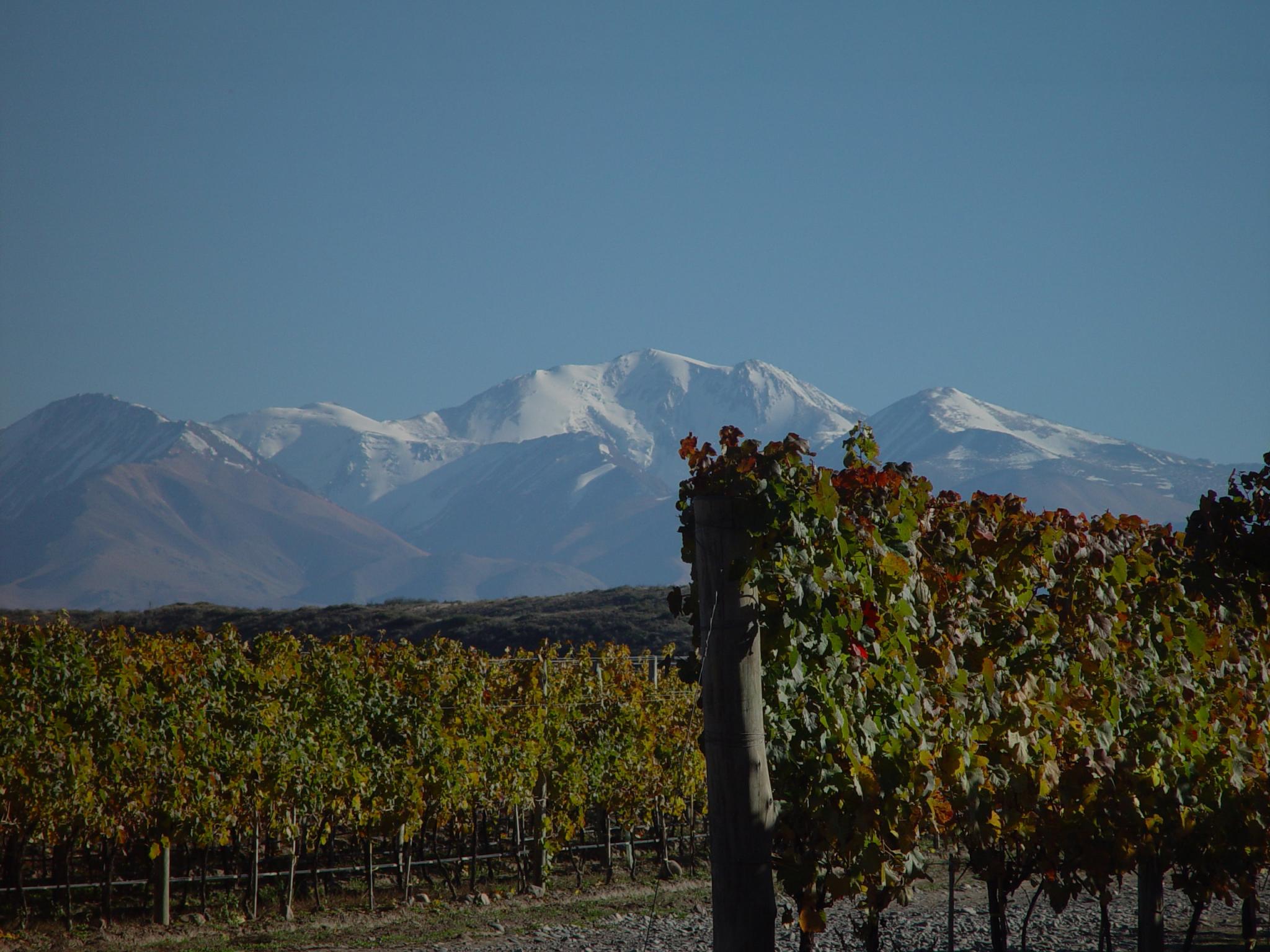Amancaya

The vintage
The beginning of the season was rainier than usual with a lower average in the temperatures and less sunny days.
Uco Valley: In October, the temperatures were close to 0 °C,
while in November the temperatures were the expected ones.
On the first day of December there was an unusual frost in the south of the Uco Valley which affected part of the production in our plot. It also rained more than usual. During February and March, the rainfall was significantly higher than the historical average (142 mm more).
First Zone: This season showed a similar pattern to the one observed in the Uco Valley regarding the higher amount of rain and relative humidity. Early summer was quite pleasant with moderate temperatures. During this season, the heavy rains of February and March (189 mm more than the historical average) required a block-by-block assessment to determine the right vineyard management for each one, as part of our selecting for elegance philosophy.
In general, the yields were 5% lower than 2014 harvest.
Location
Nestled at the foothills of the snowcapped Andes mountains, Mendoza is known as the best wine producing region in Argentina. With vines planted on high plateaux between 800 and 1200m above sea level, Mendoza's vineyards are known as the highest in the world. Sheltered from the rain by the mountains to the West and the Pampa to the East, the region is very arid. Mendoza wines draw their character from an exceptionnal sun exposure and wide temperature variatons between night and day.
Terroir
Amancaya is the Quechua name of an endemic flower of the Andes found in the Mendoza area. Grapes are sourced from selected plots of old vines in Lujan de Cuyo just outside Mendoza, and also from Altamira, further South. In Lujan, soils are quite varied depending on how close vineyards are to the mountains or Mendoza River, and tend to form alluvial layers of loam, rock, and gravel. In Altamira, vineyards are planted at 1000m above sea level, on the ancient alluvial bed of the Tunuyan River.
Winemaking
Harvest is conducted by hand and grapes are carefully sorted on tables and destemmed before being placed in stainless steel tanks for fermentation. Regular pumping-over ensure a gentle extraction of the tannins. After malolactic fermentation, 50% of the wine is transfered into French oak barrels for a period of 12 months, and 50% is placed in concrete vats.
Grapes
Tasting
Red deep color. The nose reveals fruit aromas of red and black berries with notes of mocha, spices and pepper.
On the palate the texture is balanced with elegant and velvety tannins, giving a soft yet mouth-filling structure.Overall, a complex mixture of fruits and spices that comprise elegantly Malbec and Cabernet Sauvignon.
Downloads

